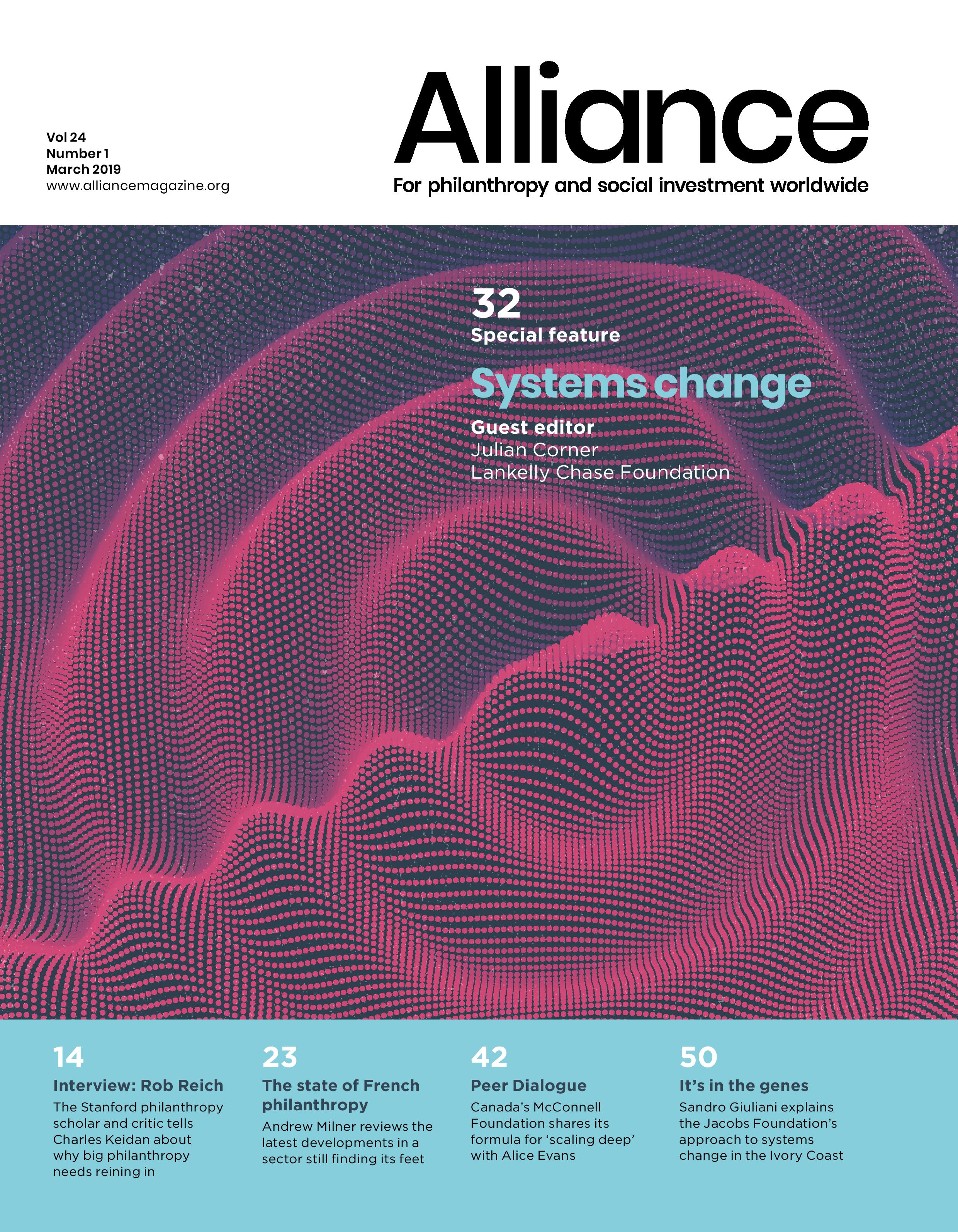 Reviewed by Maria Chertok, CAF Russia
Reviewed by Maria Chertok, CAF Russia
This unique book is the result of over a decade of research into the phenomenon of the Russian new rich, including dozens of interviews with members of what Schimpfössl describes as a new social class. While there is a chapter dedicated to the philanthropy of Russia’s ultra-rich, I found the rest of the book just as relevant. Issues that the author elaborates on, such as legitimacy, values, relations with the West, family roles and inheritance have implications for the philanthropic motives of rich Russians and can shed light on the future of Russian giving.
The author argues that philanthropy has an important role in legitimising the wealth and status of Russia’s new rich. It helps them to justify their privilege, to become more ‘cultured’, overcome the boredom associated with money-making and get access to the people they seek the company of, particularly in the world’s capitals like London or New York. That’s why patronage of the arts is such a strong feature of the philanthropy of rich Russians, becoming in some cases their primary vocation. They start private collections, establish museums and galleries, and give to landmark cultural institutions in Russia, Europe and the US.
However, the variety of motivations and approaches in philanthropy is vast and the author doesn’t do justice to this. For example, I don’t think the story of major Russian private giving can be told without conversations with its leading figures such as Vladimir Potanin or Dmitry Zimin, or interviews with the founders of the largest foundations that at the moment represent the impact-oriented end of the broad spectrum of philanthropic initiatives in the country. Still, there is great value in the insights the book provides into the mindset of less public (and less well-known) philanthropic figures.
And it helps us to outline the possible shape of Russian giving over the next two decades. For one thing, it provides confirmation that a large proportion of the Russian rich want to give their wealth away in some form or another and have no intention of leaving all of it to the next generation. By the time of the generational transfer of wealth, the sums will have increased considerably. Part of this will probably – again – be put into endowments to maintain and develop private art collections and museums, but there will be plenty left over.
At the moment, the ‘average’ rich Russian is unwilling to support causes outside the traditional (not to say, conservative) range – children, education, various forms of social support and healthcare. This may change with the next generation. The majority of children of the Russian rich are being educated in the West, which almost guarantees that their views will be different from their parents’. Even if the first generation do not leave their assets to their children, it’s likely that they will attempt to interest them in the family philanthropy. A possible scenario, therefore, is that big new philanthropic money will come into the hands of well-educated young people with no legitimacy issues or socialist baggage and will become a force for social change. I know of cases where second generation family members built their family’s foundations into progressive institutions with strategic direction and impact orientation. Russia needs more of those.
About the book
Published by: Oxford University Press
Price: £25.99
ISBN: 9780190677763
To order: https://tinyurl.com/oup-RichRussians






Comments (1)
The super-rich always have an influence on society, especially charity programs